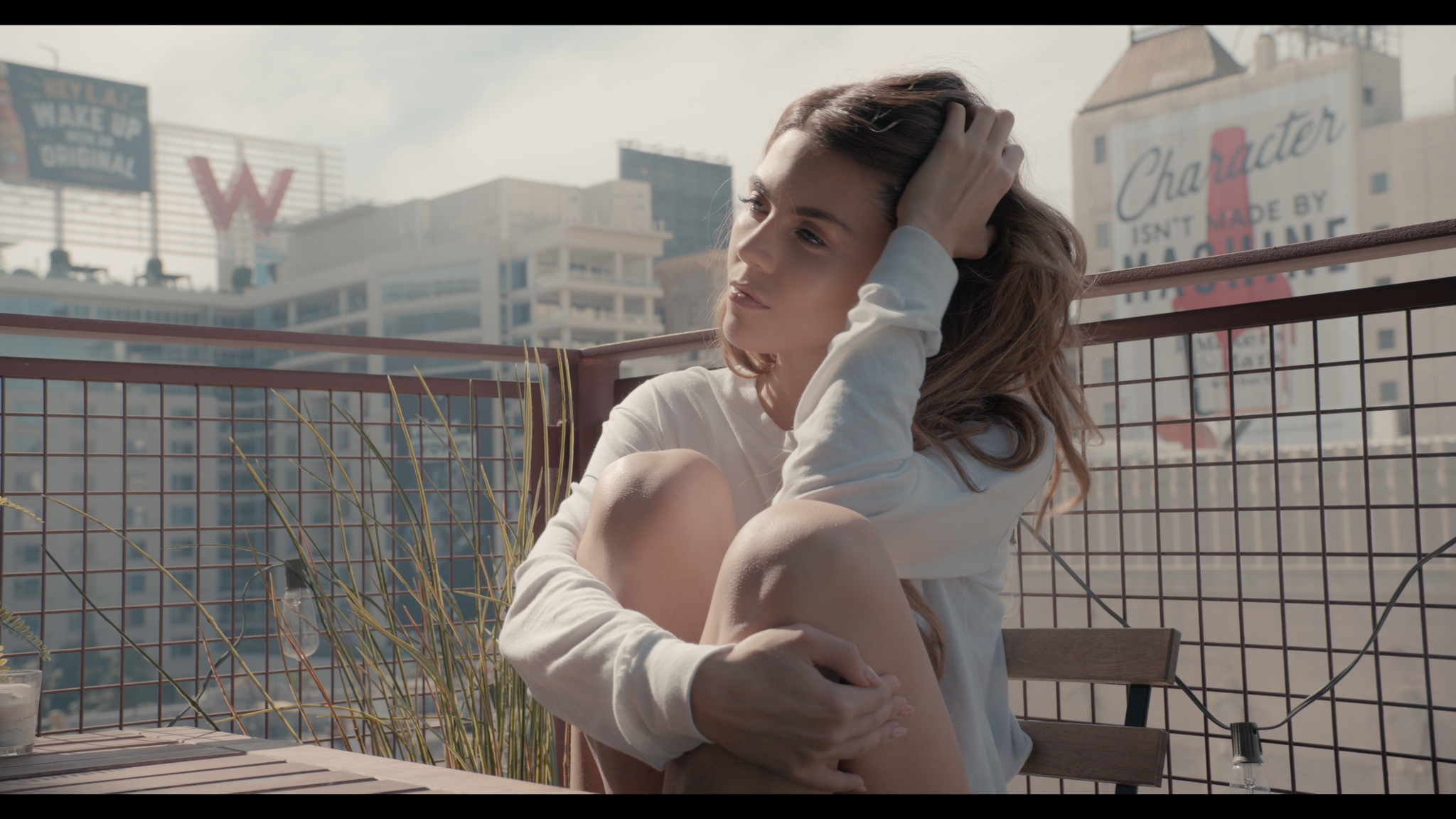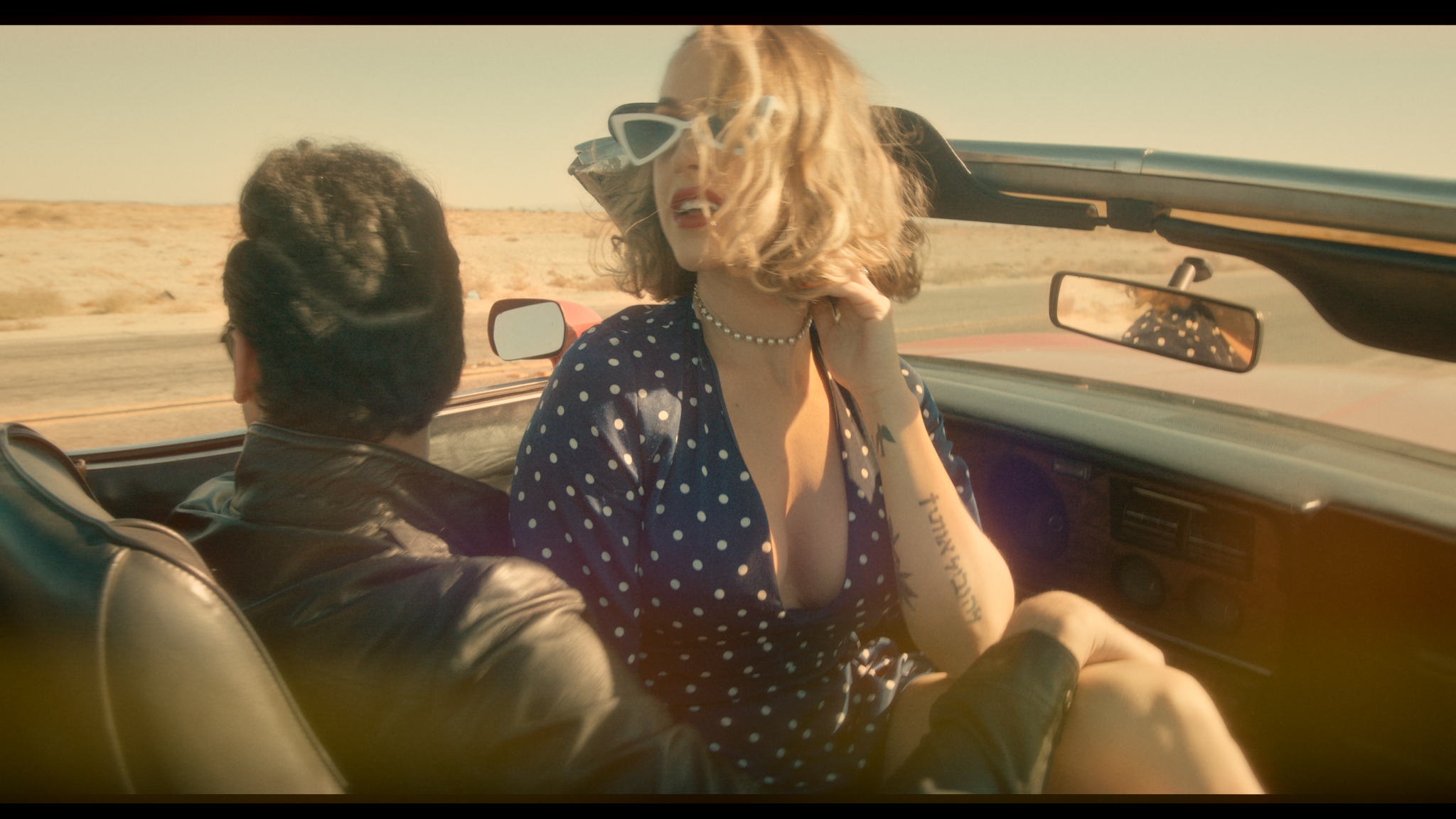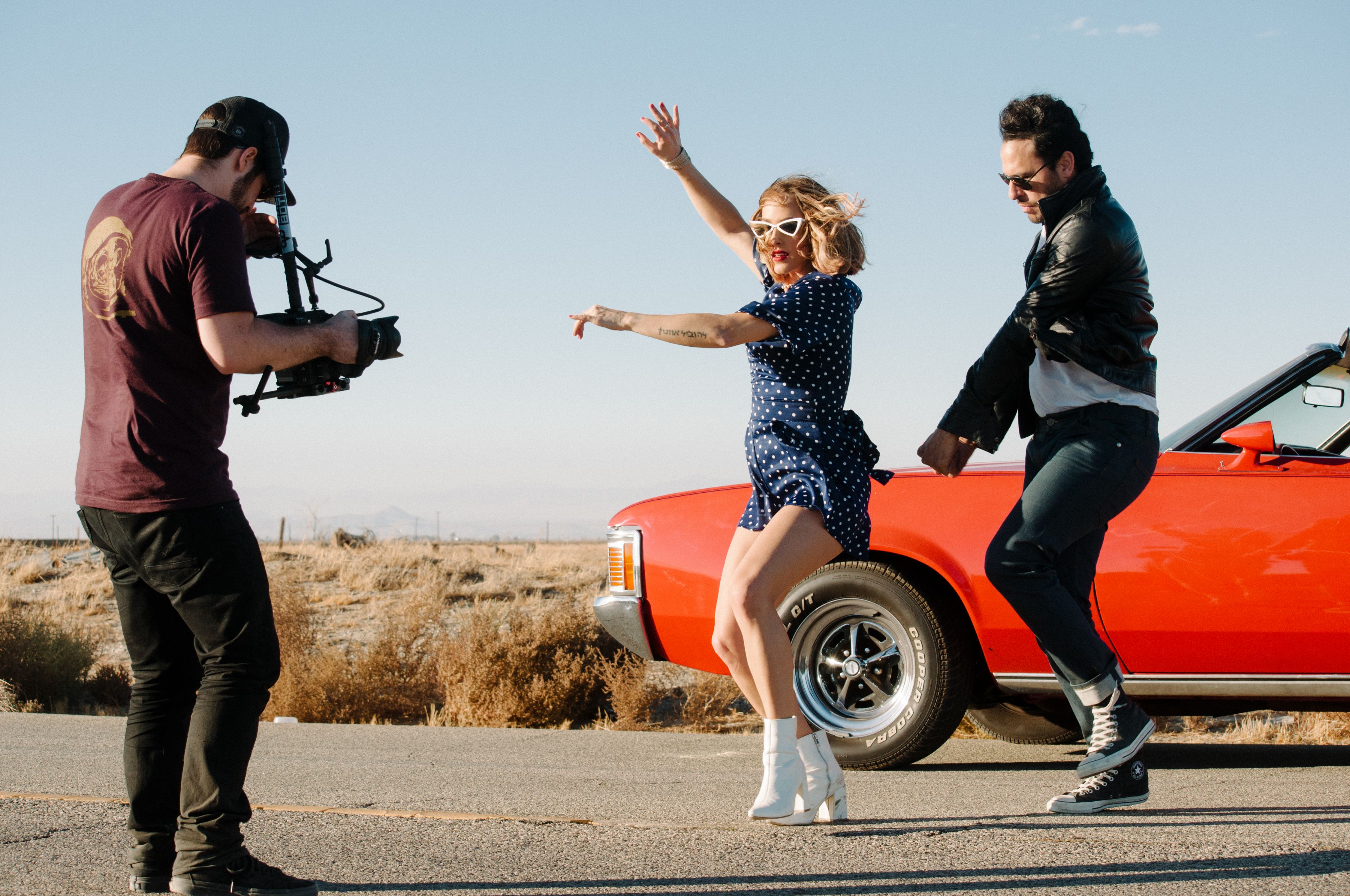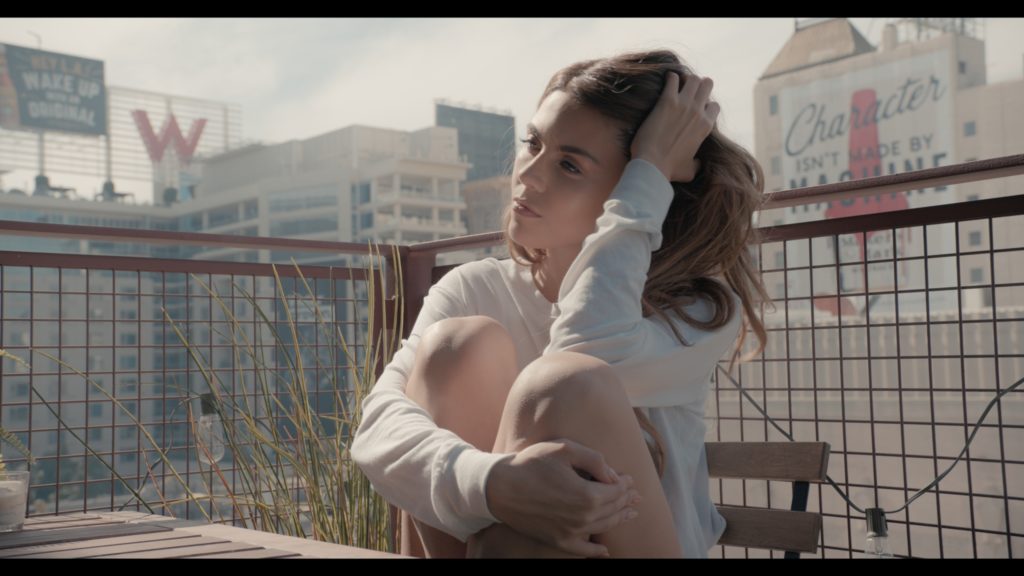I was sent the Canon C200 to review, and while there are a handful of pretty comprehensive reviews from a more clinical perspective, in an effort to shed light on its usability I just grabbed the thing and started shooting. Here’s how that shook out.
To start, I’ve shot 99% of OWL BOT’s content on a C100mkII, so I’m already familiar with the body type and workflow. I picked that camera for the ability to basically pull it out of a case and start shooting immediately with minimal downtime; built-in NDs, XLR jacks, excellent autofocus, low power draw/file size, and easy to find/inexpensive recording media. As it’s a 1080p camera, I can shoot for about 11 hours on one 128BG SD card, and the battery lasts almost as long. I actually use an IDX Duo to power it, lasting multiple days. Assuming the C200 was largely similar I didn’t even read anything about it and got to work.
First step was to set up the camera the way I like it. The menu has been updated slightly but is functionally the same, so I was able to do the exact same somewhat-specific frame guides as my C100 and my waveforms/peaking options/buttons were set the same as well. Nice. In regards to shooting settings, there were obviously more options in the C200 including the oft-mentioned Cinema RAW Lite (4K DCI 12 bit Resolution), which I chose to shoot in as I was also the editor of these videos and knew the workflow involved. As a surprise, I saw that there were *three* system frequencies: 59.9Hz, 50Hz, and 24Hz. This excited me as I’ve always held the (perhaps silly) belief that you can subconsciously “feel” the difference between 23.98fps and true 24fps. So with that, I chose 24Hz. After formatting the 256GB CFast card (and the two backup SD cards) I saw that I had 36 minutes until I had to offload, which for me is a slight issue as I don’t own a laptop. That being said if *you* have a laptop, or a friendly friend, the card dumped in about 8 minutes to my PC so it’s not going to really ruin your day if you only use one card. 8 minutes is a nice little pause for the cast and crew without having to break for lunch or whatever.

For the first video, Mahalo’s “In My Arms” I shot with the gorgeous 15.5-47mm CN-E lens Canon included with the camera for me. As I primarily shoot with the Sigma 18-35mm, this was a perfect replacement and the extra reach in either direction was nice. As it’s a cinema lens, I had to hand pull focus which was a bit of a struggle as the focus throw is so long, but the benefit was that I never was visibly “searching” for focus, and didn’t have to be incredibly accurate with my pulls as there was that forgiveness. Since we were literally running around Hollywood stealing shots, that was more beneficial than detrimental. The size of the lens kind of stood out in public, but this being LA no one really cared.
Shooting RAW was a blessing here because I had absolutely no control over the lighting, nor did I have any modifiers. Often times, shooting in direct sunlight proves challenging as you -generally- have to expose for the highlights and that makes the shadows deeper than perhaps they should be, meaning they won’t look their best when corrected. With RAW, you can bring those lower exposure ranges up just fine. I also shot with the proxy option on, because why not, which simultaneously recorded 2K files to the SD card. Surprisingly, even at 35Mbps those proxy files looked pretty decent. In addition, the 10 stops of available ND meant I could shoot at an f4 (on average) and keep my depth of field in check while maintaining proper exposure in a matter of seconds no matter where I went, and unlike the C100mkII, the C200’s ND wheel is electronically actuated so you don’t have to physically rotate them into place. A minor inconvenience but one I think of often.
For the second video, I used my Sigma as I knew I’d be in a car for parts of it, necessitating a smaller lens, and the video was largely focused around dancing so I would want the auto focus. While my C100mkII only uses Center-Weighted AF, the C200 has selectable AF via the touch screen and face detection, both which worked flawlessly for me. Normally I have to center my subject, quickly turn the AF off and on again to pull focus, and then reframe. I try to hide that with camera moves usually but sometimes it’s painfully obvious. With this camera, the Face Detect AF was like having a 1st AC with me; it knows exactly what’s important (the people) and doesn’t freak out when it loses a face, just keeps it where it was when it lost tracking. Nice.

Usually when I shoot handheld I’ll screw a simple monopod into the top of the camera, resting it against my head to negate rotational movement. This also freed up my left hand to select my focus points on the monitor as I ran around. There are two ¼” screw holes on the top of the C200 that allow for the top handle to be attached, which holds the monitor. I must admit I found the monitor attachment kind of frustrating, so I just ditched it and attached the monitor directly to the body via a Noga arm, freeing up one of those aforementioned screw holes for my monopod. This does delete your top handle from the rig, but I didn’t miss it.
Both videos were shot in one day and were pretty simple in terms of story, so we didn’t need more than a few takes per setup, if that. Even so, we came up against the 36 minute limit the card imposed on us right at the end of the day, so while we got all of our shots we were having the “what else do we need, we have to get it now” discussion when the 5 minute warning started flashing. My advice would be to, again, either have a laptop or more than one card on you. For something like these videos, another 256GB card (or at least a 512GB card) would have been plenty. At the end of this article you’ll see a video supplement to this article. If you’re shooting something like that, or a scripted piece, you’ll definitely want the ability to offload your footage. And remember, in regards to backups: 2 is one and 1 is none.
The other usual time constraint is battery, and while I didn’t take note of the my runtime per A60 battery (I had two), I didn’t need to swap in the second battery at any point so there’s that. Canon says an A60 will give you 260 minutes of recording time, so let’s go with that. With the C100mkII I just forgo the battery completely and use the power distro on my Redrock Micro cage to run the camera of a standard Cinema battery with Dtap, and I usually get a few days off of one of those. Seeing as the C200 runs a little hotter in regards to power consumption (a little more than twice as much), I feel like something like two days on my IDX 150 would be a reasonable guess, but a guess none the less.
For both videos I filmed a bit of slow-mo. In the C100mkII you get 60fps that automatically saves at 24fps in MP4 format, and I like it. Easy to switch over, looks great. With this camera, it takes a bit more work if you’re filming at 24Hz, as you have to switch to 59.9Hz and then go through the menu to select slow-mo, and then your desired end frame-rate, but honestly the time spent was 30 seconds instead of 10 so it’s not that huge of an issue. I do still wish I could just assign a button to “slow mo mode” though. In any case, the footage I shot at 120fps (which is capped at 1080p with no sensor crop) looked good, but it looked like the footage my C100mkII produces. When compared to the other footage I was getting with the C200, it left a little to be desired. My solution going forward would just be to shoot in 60fps in RAW or MP4 at 4K as before and just slow it down in post, but I figured it was worth mentioning.

Editing was a simple affair for me. I built my PC a couple years ago, running an Intel i7 7700K processor, nVidia GTX1070, 32GB of RAM, and editing off of an M.2 drive or SSD. In Premiere I was comfortable editing the raw files directly at ⅛ or ¼ resolution with an instance of Lumetri over it, just so I didn’t have to look at boring footage while cutting. DaVinci seemed to handle the footage even better. The raw files color beautifully, in any case, and gave me an incredibly cinematic look with very little effort, which was nice.
So after all of that, what did I learn? Well, basically the C200 is the C100mkII but with 2 stops more ND, XLRs built into the body instead of the handle, and a much nicer sensor/output. It’s just as easy to use, but you get a way better image out of it. It’s even the same “idea” in that it’s the premium sensor in a less expensive body; the C100mkII is a casual C500, and the C200 uses the C700 sensor. In terms of image quality both cameras are using the cream of their respective crop. I payed about $6k for my C100mkII when it launched, this camera costs $7.5k with most of the most-used features getting an upgrade. If you’re working for yourself, It’s absolutely worth it. However, if you’re working for someone else, or your work is going to broadcast, there’s a chance you’ll need to deliver a specific codec or bitrate that this camera doesn’t innately offer.
People have spoken extensively about the somewhat confusing fact that this camera offers both an amazing raw image and an underwhelmingly spec’d 8-bit 4:2:0 compressed option, but nothing in the middle. Thankfully, Canon seems to have the 8-bit world on lock, offering the best 8-bit image of any camera I’ve seen, but at the same time it does stand to reason that a 4:2:2 10-bit kind of option should be possible. I’m on the lower-end of professional, so I don’t *need* any particular recording format, but from a business perspective if Canon was offering something like that in the C200 they’d basically undercut their C300mkII by thousands of dollars. For the broadcast-angled among us that can be incredibly frustrating, I understand, but for anyone else it doesn’t necessarily matter. The MP4 footage looks great out of this camera, it’s a fact. Even the 35Mbps proxies I filmed alongside the RAW looked great. Would I *like* a deeper format for the MP4 option? Sure, but I’m not necessarily torn up about it. When you’re spending close to $10K on a camera it’s easy to gnaw on what isn’t perfect, but at the same time I’ve been shooting in 1080p for the past 4 years and I’ve yet to have a client ask about 4K. They sure as hell never ask about 8 vs 10 vs 12 bit footage, but they will absolutely notice if your exposure is off or your white balance isn’t set correctly. Don’t miss the forest for the trees.
Here’s a unsolicited protip: If your distribution is online, render out your 1080p timeline as 1440p at around 40Mbps. YouTube will encode your video at a higher bitrate, ensuring a crisper/more detailed image than all the videos uploaded at 1080p and since *most* displays are 1080p anyway, with anyone on a laptop at 17” max, your audience largely will see it as a quality increase as opposed to what we would traditionally think would degrade the image. I know it’s paradoxical but it works. Right now I’m on a BenQ 4K 10bit monitor (review to come), and I can confidently say that even on this display (with the right steps taken) I don’t necessarily sense a loss in quality vs 4K even when watching strict 1080p footage; it’s YouTube you’re fighting with this idea. Even if you render your timeline out at 150Mbps, if your resolution is 1080, YouTube encodes it at 8Mbps. EIGHT. 2K footage affords you double that, and 4K footage nets you a comparatively massive 45Mbps. Shoot a film on a RED Gemini at 5K 1:1 for 1080 delivery on YouTube? Everyone is going to see it at 8Mbps. If I shot something on my C100mkII and up-res’d/uploaded it in 2K (at a high bitrate), my footage will look cleaner. Different, not necessarily better, but cleaner. So while acquisition formats absolutely matter, the internet is the great equalizer. Am I happy with the C200’s RAW Lite? Absolutely. The 150Mbps 4K 8-bit 4:2:0 MP4s? Yeah, actually. It still looks amazing and I get to shoot a lot more footage for less cost if needed, and at the end of the day it’s on YouTube at 45Mbps anyway. If I need something specific, I’ll rent. Whoever’s asking probably has the budget for it anyway.
Okay, rant aside, where does this put us? In my opinion, the C200 should be on the top of the list for an independent filmmaker, high-end content creator, or anyone of similar ilk. You’re basically getting a C700 in a more accessible body, if you squint. The advantage to Canon’s Cinema line of cameras is you’re able to scale them up or down depending on your needs: When you’re alone and need to go fully automatic, you’ve got industry leading tools right at your fingertips allowing you to keep moving and provide a final product perhaps better than you’d tend to get with a different system in the same shooting situations. If you’ve got a crew and the time, you can rig them up and use your person-power to knock it out of the park. When the image is this nice, the auxiliary tools are where the camera really shines, and this one’s got all the bases covered.














